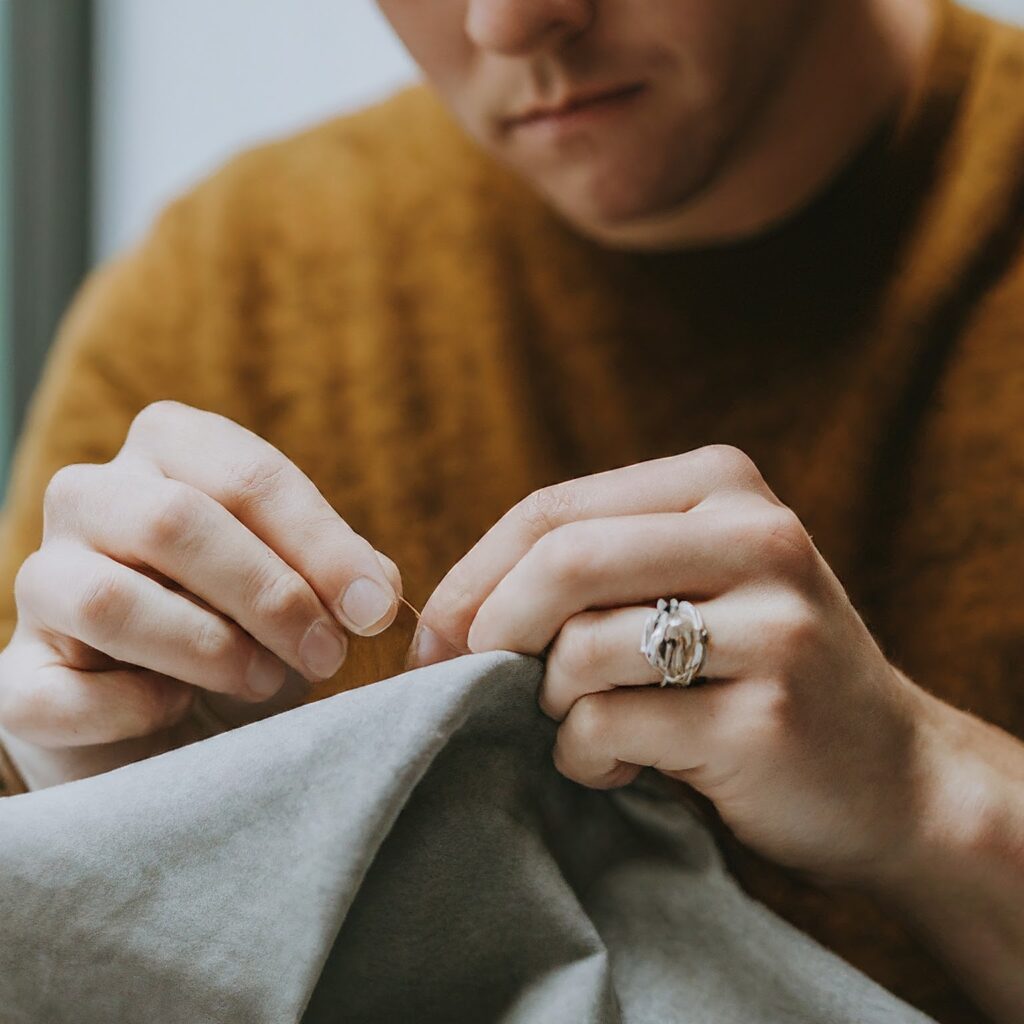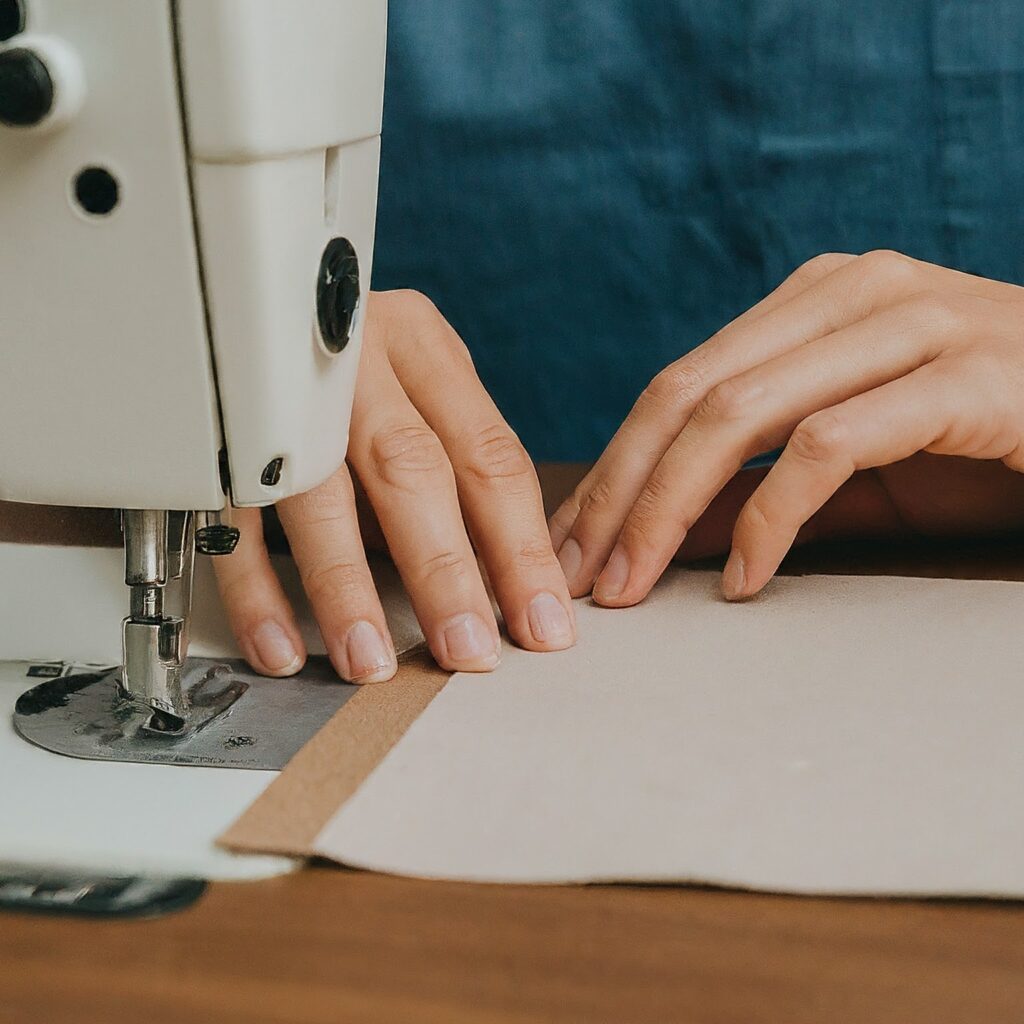Non-Woven vs Woven Interfacing: Which is Best for Your Project?
Choosing the right interfacing can make a big difference in the outcome of your sewing project. This guide will help you understand the key differences between non-woven and woven interfacing, so you can select the perfect one for your next creation.
Whether you’re a seasoned seamstress or a beginner, understanding the nuances of non-woven interlining and woven interlining is essential for achieving professional results. Let’s dive in!
Table of Content
- What is Interfacing?
- What is Non-Woven Interfacing?
- What is Woven Interfacing?
- Key Differences Between Non-Woven and Woven Interfacing
- Choosing the Right Interfacing for Your Project
- How to Apply Interfacing
- Conclusion
What is Interfacing?
Interfacing, often referred to as interlining fabric, is a supportive material that enhances the structure and shape of your sewing projects. It’s the best for your garment, providing the essential support needed to prevent sagging and maintain its form. Whether you’re working with fusible interlining or non-woven fusible interlining, understanding its role is crucial.

What is Non-Woven Interfacing?
Non-woven interfacing, a type of non-woven interlining, is created by bonding fibers together rather than weaving them. This process results in a softer, more flexible material compared to its woven counterpart.
Key characteristics of non-woven interfacing:
- Soft and flexible: Ideal for drapey garments and delicate fabrics.
- Versatile: Available in a wide range of weights to suit different projects.
- Easy to work with: Often fusible, making application quick and easy.
What is Woven Interfacing?
Woven interfacing, a form of woven interlining fabric, is constructed by interlacing threads in a specific pattern. This method creates a stiffer, more structured material than non-woven interfacing.
Key characteristics of woven interfacing:
- Stiff and supportive: Perfect for structured garments, collars, and cuffs.
- Durable: Offers excellent shape retention and longevity.
- Precise application: Typically sewn into place for added control.

Key Differences Between Non-Woven and Woven Interfacing
Understanding the key differences between non-woven interlining and woven interlining is essential for selecting the right material for your project.
| Feature | Non-Woven Interfacing | Woven Interfacing |
| Structure | Soft, flexible | Stiff, supportive |
| Durability | Less durable | More durable |
| Application | Fusible or sewn | Usually sewn |
| Best for | Delicate fabrics, draping garments | Structured garments, collars, cuffs |
Choosing the Right Interfacing for Your Project
Selecting the appropriate interfacing type depends on the fabric, garment style, and desired outcome.
- Delicate fabrics: Opt for a lightweight, soft non-woven fusible interlining.
- Drapey garments: A non-woven interlining will help maintain the drape while providing gentle support.
- Structured garments: A woven interlining will offer the necessary stiffness and shape retention.
Collars and cuffs: A woven interlining is ideal for these areas due to its supportive properties.
How to Apply Interfacing
The application method varies depending on the type of interfacing.
- Non-woven fusible interlining: Apply heat according to the manufacturer’s instructions.
- Non-woven sewn interfacing or woven interfacing: Stitch the interfacing to the fabric using a matching thread.

Conclusion
Picking the right stuff to make your clothes look good is important. Knowing the difference between the two kinds of interfacing will help you choose the best one for your project. By understanding the nuances between non-woven interlining and woven interlining, you can make informed decisions to enhance your sewing projects.
Happy sewing!
Link of related Articles
- Demystifying Non-Woven Interlining: Types, Weights, and Applications
- Woven vs. Non-Woven Interlining: The Ultimate Guide for Sewists
- How to sew with non-woven interlining

